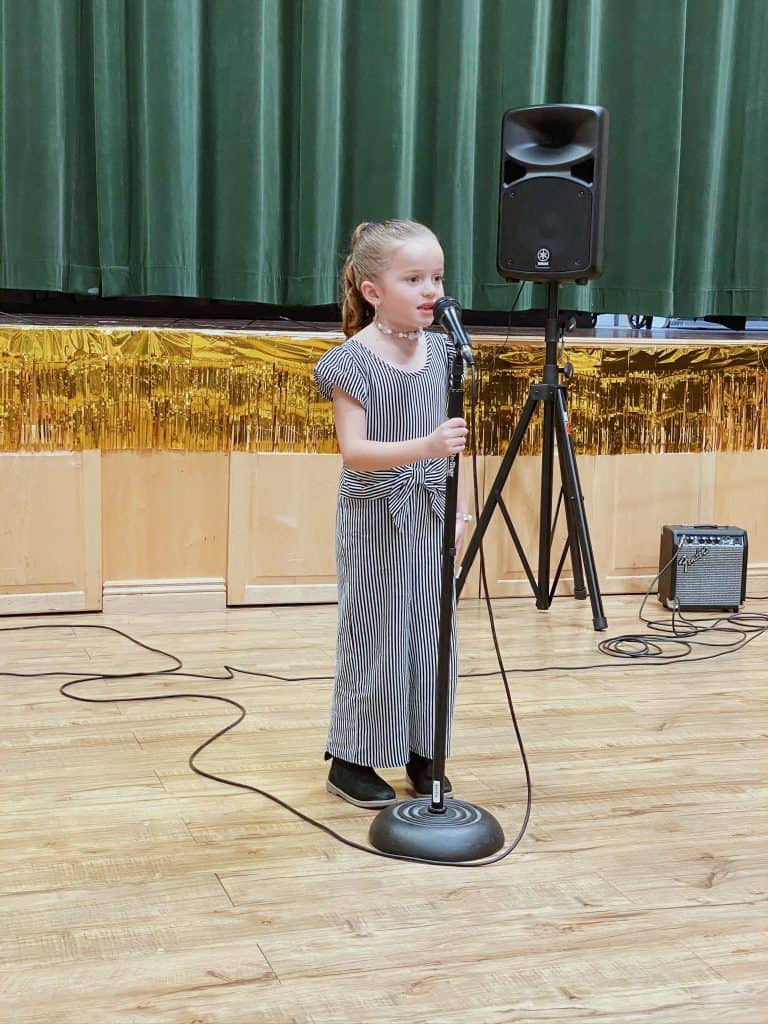
Think back to the last time you tried something new. Whether it’s trying out a new recipe or downloading an APP to learn a new language, our busy lives constantly require us to learn new skills. Most of the time, we’re able to learn these skills from the privacy of our own homes or workplaces, making it easy to try things over and over until we get it right.
Now think about a time you learned something new in a group setting—that time you tried a new workout class and felt like the only person who couldn’t keep up, or the time you switched departments at work and felt like the one team member not up to speed on the latest software update. Learning something new feels different when you feel like you’re being evaluated or judged in the process—maybe you felt frustrated or embarrassed when you made a mistake, or you worried about letting others down.
Despite those worries, and because learning is such a critical part of adult life, you worked through those feelings of discomfort and kept trying. It might not have felt as easy as learning something in private, but you still managed to make it through that workout class, and maybe you asked a coworker for a hand in navigating that new software. As adults, we’re so used to navigating growth and change that dealing with discomfort almost feels routine—it’s just part of life.
But for kids, those same feelings of discomfort, embarrassment, and worry can feel overwhelming, making it tempting to try and avoid those potentially scary emotions at all costs. So kids will beg to quit the team, stop taking lessons, or stop participating in a school activity, all in an (understandable) attempt to avoid feeling uncomfortable.
Research shows that students need to feel safe in order to learn, but feeling safe doesn’t always mean feeling comfortable. In fact, educational research also shows that students need to experience a variety of emotional responses in order to truly master a new concept or skill. Kids need the opportunity to feel discomfort and uncertainty in order to truly feel the sense of joy and pride that comes from overcoming a challenge.
Essentially, students need to feel safe before they can risk of feeling uncomfortable enough to learn something new. That’s why music lessons are so beneficial—they are the perfect place to get comfortable with discomfort. From plunking their way through a challenging sight-reading piece during a lesson to performing in front of parents and peers, music lessons provide countless opportunities to embrace uncertainty and discomfort in a way that is safe and productive.
From the moment your student enrolls in lessons at our studio they find themselves in an environment designed to give them skills they’ll use for the rest of their lives. They’ll learn to navigate the fear of making a mistake in front of others, and learn that mistakes are necessary to the learning process. They’ll work with highly-trained instructors who can encourage them and help them feel safe enough to try new things and practice new abilities. And by the time they leave, they’ll be more than musicians—they’ll be confident individuals and lifelong learners who see challenges and uncomfortable moments as just another part of life.
How are you teaching your kids to get comfortable with discomfort? We’re talking about it today on our social media channels, and we’d love to hear your input! Follow our discussion on Instagram to weigh in!